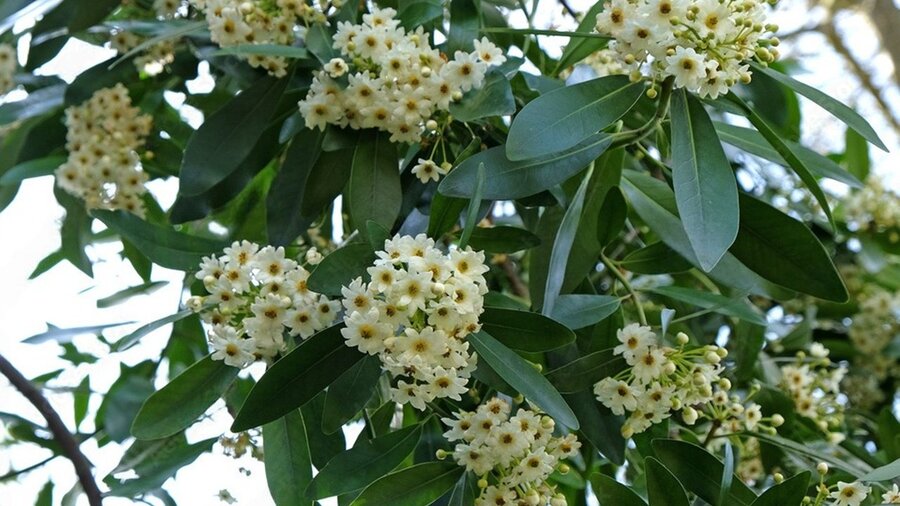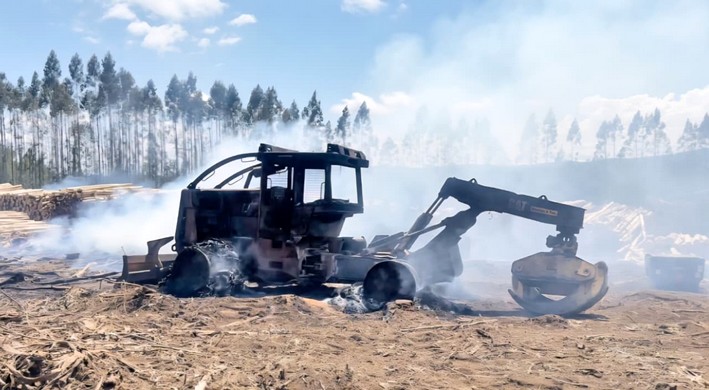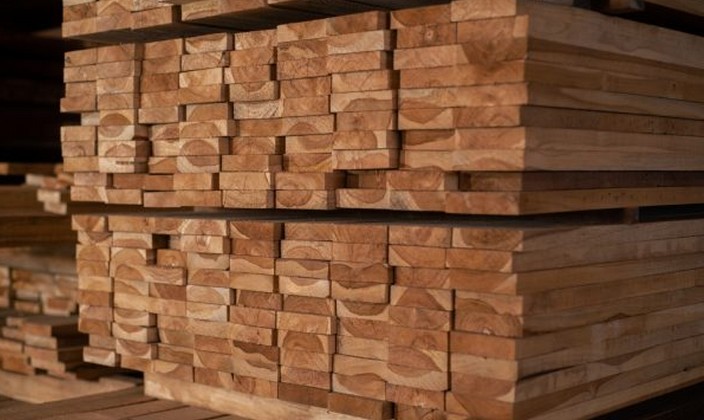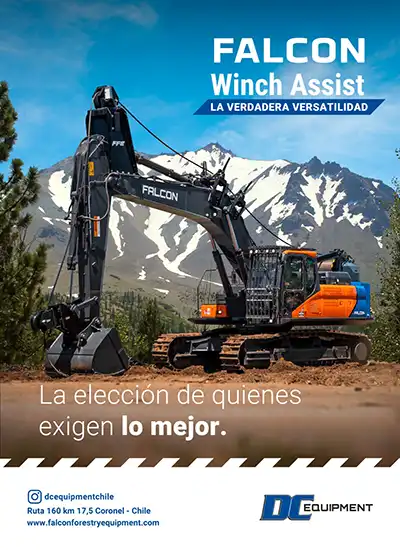Research Reveals How Trees in Southern Chile Move and Conserve Water
In the temperate forests of Chiloé, two dominant trees, the canelo (Drimys winteri) and the coihue (Nothofagus dombeyi), share the same landscape. However, they have very different strategies for moving and conserving water, a resource that will become increasingly scarce.
A recent study led by Aurora Gaxiola, professor at the UC Faculty of Biological Sciences and researcher at the Institute of Ecology and Biodiversity (IEB), revealed how these species mobilize the water they absorb, findings that not only help understand how trees survive but also how to face the challenges of climate change and drier summers.
This research was published in the scientific journal Ecosystems and involved the participation of Jorge Pérez-Quezada, IEB researcher and from the University of Chile, and the initial collaboration of Juan Armesto, who was a co-founder of IEB, former president of the Senda Darwin Foundation and professor at the FCB, whose legacy and extensive knowledge of Chiloé forests left a significant mark.
To understand this phenomenon, flow sensors were installed on the trunks of both species, which emit heat pulses that travel with the water inside the wood, allowing measurements to be taken. This way, they could observe how each tree responded to different environmental factors throughout the seasons. These data were complemented with measurements taken by researcher Jorge Pérez-Quezada, thanks to the Eddy covariance monitoring towers installed at the Senda Darwin Biological Station.
"The use of sensors allowed us to calculate how much water the tree moves, in which direction, and at what speed. Then, by combining that information with anatomical data of the wood - the area through which water flows - we could more accurately estimate water movement in large and small trees," details Aurora Gaxiola.
This is the first multi-year consecutive study on sap flow in Chile's temperate forests, a significant contribution to global models of the relationship between climate and vegetation.
Throughout this process, there are important protagonists. These are the stomata: structures in the leaves that function like small valves, allowing carbon dioxide to enter the plant and, at the same time, water to exit as vapor.
"Their opening and closing, regulated by light, wind, and soil moisture, determines whether a tree conserves water or risks dehydration. When stomata remain open for too long, the plant can lose too much water. Some species have developed very strict stomatal control. If they detect low water availability, they keep them closed. That prevents air from entering the vessels and forming bubbles or embolisms that interrupt water transport. But if these structures remain closed for too long, they stop capturing carbon and the plant can die from lack of food," explains the UC researcher.
Based on this, what could they observe? The study showed that the canelo keeps its stomata open almost all the time, allowing it to move large amounts of water. However, it was established that this same trait made it more vulnerable to drought if soil moisture decreases. The coihue, on the other hand, showed better regulation of its stomata, adjusting its transpiration according to light and atmospheric humidity, which gives it a certain advantage against environmental changes, assures the researcher.
In that context, with warmer and drier summers projected for Chiloé, the canelo could face greater risks of dehydration, while the coihue would be more sensitive to changes in atmospheric humidity. "Measuring allows predicting vulnerabilities. If soil moisture decreases, the canelo - which depends on very humid ecosystems where water is abundantly available - will most likely be the most affected. But if atmospheric humidity or cloud patterns change, the coihue could be more affected."
Dr. Aurora Gaxiola points out that conducting these measurements not only allows seeing how much water a tree moves but also understanding which environmental variables control that movement: light, vapor pressure deficit, wind, or soil moisture, among other factors. All of this can be especially valuable to consider in different ecosystems or when studying species in critical conservation categories, and under the constant threat of climate and global change.
Conservation and Education
"This knowledge allows identifying which species require special attention in forest conservation and management plans, especially regarding water regulation and soil protection. In Chiloé, for example, one of the serious problems is soil management and pompón extraction. That's why if we don't take care of the soil and, with it, the groundwater, the forest will collapse," warns the FCB professor.
Besides ecological relevance, the findings have educational potential. Understanding how trees "move water" can raise awareness about the importance of preserving forests and their water resources. "In the future, when this technology becomes more accessible, it would be highly desirable for this type of sensor to be installed for pedagogical purposes in educational and outreach spaces," she concludes.
Source:Biologia.uc.cl
















